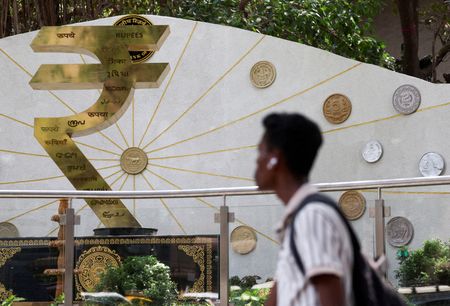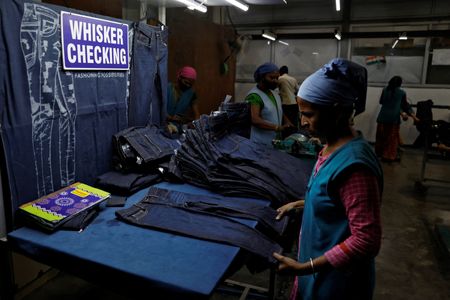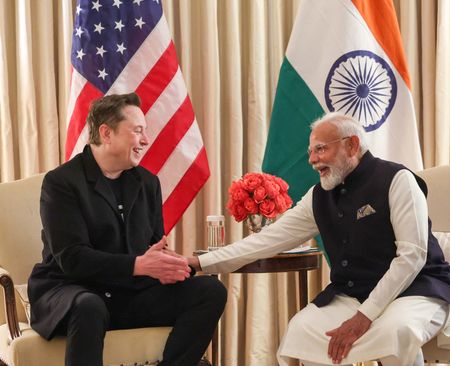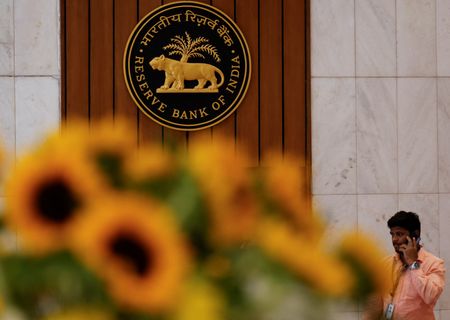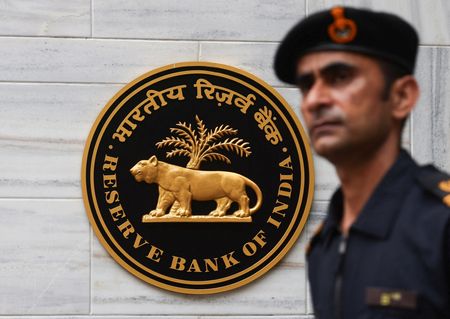By Ashwin Manikandan
MUMBAI (Reuters) – The Indian rupee edged higher on Wednesday, helped by the central bank keeping its key rate steady, though impending higher tariffs on shipments to the United States are likely to keep the currency under pressure.
The rupee closed at 87.7325 against the U.S. dollar, up 0.1% from 87.8000 on Tuesday.
The Reserve Bank of India’s six-member rate-setting panel voted unanimously to hold the repo rate at 5.50% and maintain a “neutral” policy stance, even as economists expect steep U.S. tariffs on Indian goods and subdued inflation to open room for limited further easing.
India faces the imposition of a 25% tariff on its shipments to the U.S. from Friday, and President Donald Trump has warned of “very substantial” additional levies because of New Delhi’s oil imports from Russia.
The rupee may breach the 88-mark next week based on the market signals on tariff threat, a trader with a state-owned bank said.
It slid 1.18% against the dollar in the week through August 1, its sharpest weekly decline in nearly three years and would likely have hit a new record low if not for central bank interventions, according to traders.
“Downward pressure on rupee after the 25% tariff also is a likely reason for not cutting rates,” said Amit Bivalkar, founder director at Sapient Finserv.
When the RBI cuts the repo rate, there is a risk of currency weakness as foreign investors may shift their capital to markets with higher interest rates.
Sustained foreign outflows have been one of the reasons for the rupee’s weak performance this year, according to traders and analysts.
India recorded net outflows of $800 million in the current financial year starting April through the end of July 31 due to outflows in the debt segment, the RBI governor said in his monetary policy announcement.
(Reporting by Ashwin Manikandan; Editing by Ronojoy Mazumdar)

